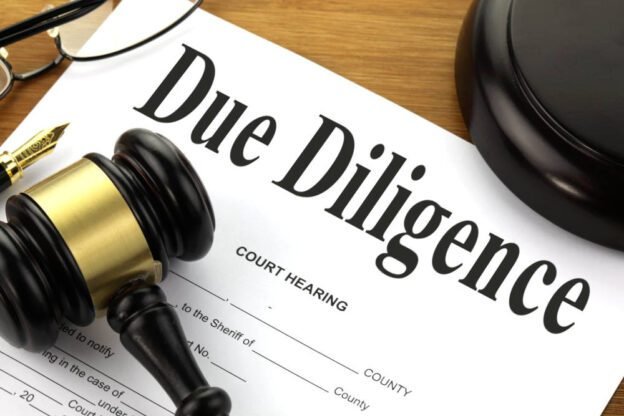Twenty years ago I set up a website to sell used cars. It was doable. Kijiji didn’t exist. Facebook Marketplace didn’t exist, and Auto-trader was new. This used car website was different. It focused on the local market of the town, and surrounding are where I lived. The website went from $0 to $3,000 per month in three months. It continued to grow every month.
I wasn’t the only person in town that knew how to build a website. Nine people tried to copy me, and they were even using the same open-source script to do a similar job. Yes, they figured out what script I was using, but since it was open source, I was free to customize the script. It made a bit of difference.
Within a year, my site was full of cars. I was being paid by used car dealers to advertise their cars for them. One of the other sites that copied me had three cars on it, and the rest of them didn’t have any. Why, you ask? They didn’t perform their due diligence.
What is Due Diligence?
Due diligence is a process of thoroughly investigating and verifying information about a person, organization, or situation before making a decision or entering into a transaction. It involves collecting, analyzing, and assessing relevant data to identify potential risks and opportunities.
Why is due diligence important?
- Risk mitigation: It helps identify and assess potential risks associated with a decision or transaction.
- Informed decision-making: It provides a comprehensive understanding of the situation, enabling better decision-making.
- Legal protection: It can serve as a defence against legal claims by demonstrating that reasonable care was taken.
- Reputation management: It helps maintain a good reputation by avoiding association with entities or individuals with questionable practices.
How to conduct due diligence:
- Define the scope: Clearly outline the specific areas to be investigated.
- Develop a plan: Create a detailed plan outlining the steps, timelines, and resources required.
- Gather information: Collect relevant documents, records, and data from various sources.
- Analyze information: Carefully review and analyze the collected information.
- Identify risks and opportunities: Assess the potential risks and benefits associated with the decision or transaction.
- Document findings: Prepare a comprehensive report summarizing the findings and recommendations.
By conducting thorough due diligence, you can make informed decisions, mitigate risks, and protect your interests.
In Part II, you will learn how due diligence help me grow my business from zero to three-thousand in the first three months. If you don’t want to miss the second part of this article, you can subscribe to the topic, and you will get a notification when it’s ready.
